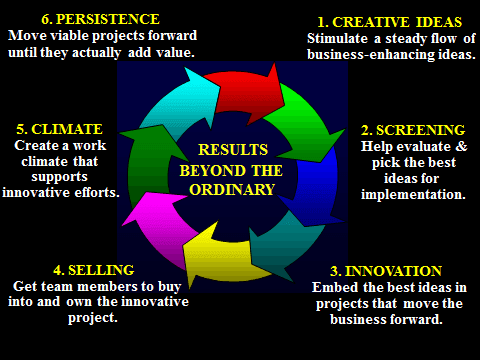There are many clichéd universal truths as they relate to change: “change is the only constant,” “change is inevitable,” and “people resist change,” among countless others. What we do know for certain is that there are two manners in which people actively relate to change: by driving it, or reacting to it. Leaders have a responsibility to identify and drive change within a company, but in difficult conditions, their ability and willingness to do so may atrophy. The biggest trap they can fall into is that of a bias for reaction in lieu of action.
Learning to recognize change is the first hurdle that leaders must overcome. There are three instances in which changes occur:
- Events that occur externally—those events that happen outside of your organization and outside of your control; examples include the collapsing economy, a supplier going out of business, or an increase in fuel affecting the cost of transporting goods
- Events that occur outside of your unit but within your company—examples include a reorganization, budget cuts, winning a proposal leading to a need for rapid growth or assembly of a cross-functional team
- Events that are chosen by your unit that are discretionary—these changes are driven from within your team or division; examples include realizing that products are no longer filling a need and needing to make a strategic change to your offerings
Often, leaders are hypervigilant to external events at the cost of the third type, those over which they have the highest degree of control. The key for leaders is to understand that their job is not to generate ideas, but rather to be able to recognize them when they occur. The following cycle gives a guideline for leaders to be able to recognize, foster, and implement change within their organizations:
Smart leaders understand the difficulty that their people will have in adapting to change. The immediate consequences for stasis will always be more rewarding than that of change, and a leader must convince the organization that the near-term sacrifices will ultimately be outweighed by the long-term benefits. Good leaders must do the following:
- Draw long-term benefits vividly for their employees
- Be present to help others deal with their ambivalence, denial, or unwillingness to adapt
- Orchestrate quick wins to gain momentum and buy-in to change plan
- Challenge visible resistance to change to set an example for the organization
Ultimately, it is imperative that leaders can formulate a vision for change in tandem with an action plan for getting quickly up to speed, while still being tuned in to the reactions of his or her people. Anyone can lead change; in some cases, the impetus may come from the bottom up rather than from the top down. Leaders must constantly be attuned to the inner workings of the organization and be ready to foster and encourage forward thinking wherever it may occur.
How do you lead change? What tactics do you employ for gaining traction with new ideas? Any case studies of change being successfully or unsuccessfully implemented?

